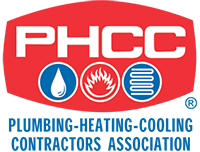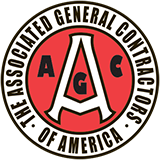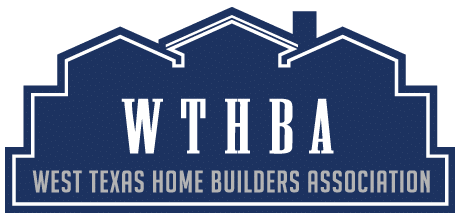Ductwork is responsible for delivering heated or cooled air throughout your home. Often made of metal, ductwork has been known to make noises while the HVAC system is in use. These noises, which range from normal to a symptom of a larger issue, can be troubling to homeowners. By listening to the duct and furnace noise, homeowners can learn the root cause of the issue.
Composition of Ductwork
In most homes, ducts are composed of 24-26 gauge sheet metal that’s made into one of three distinct shapes: circular, square and rectangular. The shape of the ductwork has a direct effect on the amount of pressure the ducts can take before they need to expand. Round ductwork can handle the most pressure, and rectangular can take the least.
Once ductwork reaches its maximum pressure, it will expand and make a popping sound. This “pop” isn’t indicative of an issue with the HVAC system. Instead, it means that your ductwork needs to expand before it’s able to handle the air pressure produced by the HVAC system.
Duct and Furnace Noise Heard After Ductwork Cleaning
Some homeowners notice new noises after having their ductwork professionally cleaned. Through normal use, dust and debris can accumulate in the home’s ducts. These particles can also be found on vents and in the furnace. This debris can reduce airflow and reduce the overall efficiency of the HVAC system.
Once the ductwork and furnace is cleaned, the HVAC system is able to run optimally. The result is a heating and cooling system that runs like new and exerts additional pressure on the ductwork. The popping sound homeowners hear is the ductwork accommodating the additional pressure. This is normal and not the result of damage during the ductwork cleaning process.
Duct and Furnace Noise After the Heat Turns On
In some cases, furnaces fueled by natural gas will make a boom or popping noise shortly after the heat comes on. Why is this? In order to heat air, furnaces have burner assemblies that contain up to six burners, all of which work together to warm air. During normal use, dust, debris and particles can accumulate on the burners and clog them. Clogged burners may not ignite right away. Instead, there’s a delay in ignition, resulting in a boom once the accumulated natural gas in the burner finally ignites.
Homeowners who suspect they have clogged burners should consult with a professional immediately. It’s not recommended that homeowners attempt to clean burners themselves. Instead, a qualified HVAC professional should perform this service, as well as preventive maintenance of the HVAC system.
Failing to react promptly to clogged burners can result in a cracked heat exchanger, which is a costly repair. Additionally, the delayed ignition is a fire hazard and could pose a risk.
Whistling Duct and Furnace Noises
Whistling heard from the home’s ductwork may be the result of air leaks. The whistling sound is made by the pressurized air quickly moving through cracks or spaces in the ductwork. In many instances, the whistling noise is produced by vents that aren’t properly attached or the incorrect size.
In the winter months, the whistling noise may be reduced by slowing down the system’s fan speed. This will slow the speed of air moving through the system and may help eliminate the issue. This tactic shouldn’t be used during time periods when the air conditioning is in use. Moving air over the air conditioning coils too slowly can result in the system freezing.
It’s important to note that the whistling noise isn’t indicative of an issue with the HVAC system, but that the HVAC system is running efficiently and effectively.
For assistance diagnosing the cause of the duct and furnace noise in your home, contact the experts at Bruce Thornton Air Conditioning today. Our team of experienced technicians has served the HVAC needs of South Plains since 1972.











